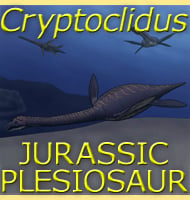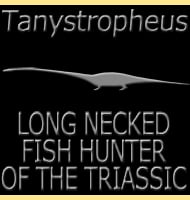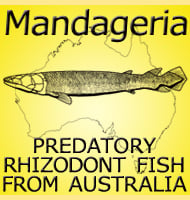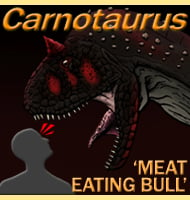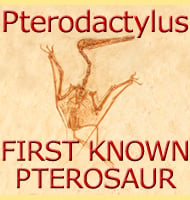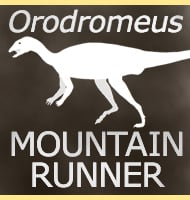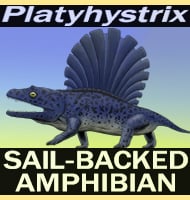In Depth
Eocasea is a very primitive genus of caseid synapsid that lived in North America during the Carboniferous, hence the name which means ‘Dawn Casea’, a reference to the earlier appearance of this genus compared to the type genus of the Caseidae, Casea. Most caseid genera that are currently known to us have leaf shaped teeth for slicing through plants, denoting that they are all herbivores. Eocasea is so primitive however that the genus still has conical teeth, revealing the predatory meat eating ancestry of the group. It is uncertain if Eocasea ate meat, though it was certainly better adapted to do so. An alternative could be that Eocasea was already adapting to eating plants by incorporating them partially in to its diet, so perhaps being a partial omnivore. Without confirmed stomach contents it will continue to be very difficult to known for certain.
Further Reading
- The oldest caseid synapsid from the Late Pennsylvanian of Kansas, and the evolution of herbivory in terrestrial vertebrates. - PLoS One 9(4):e94518. - R. R. Reisz & J. Fr�bisch - 2014.


